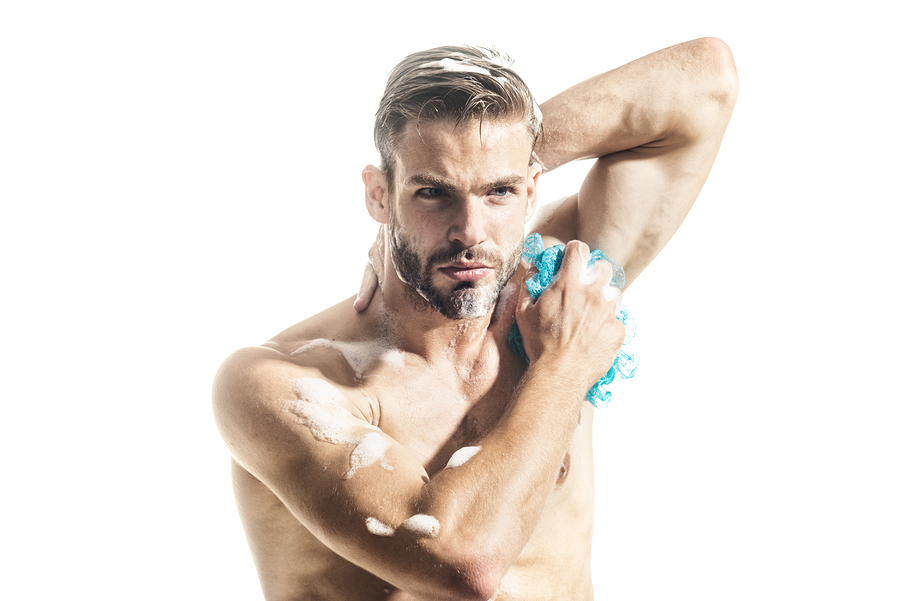Around 50 million men and 30 million women in America have experienced some form of hair loss. Hair loss is usually associated with the later stages in life, and statistics show that men over the age of 50 are much more likely to experience a difference in hair production. However, there are many people that are much younger and experience hair loss. Most of the time, it depends on genetics.
Even if you suffer from hair loss, there’s still hope. Platelet-Rich Plasma (or PRP) treatments, can help regrow your hair quickly and easily. Like any hair restoration procedure, there’s no guarantee, but PRP has worked for many individuals in the process of losing their hair. Here’s a little more about how PRP helps with hair restoration.
What is PRP?
PRP therapy is a three-step process in which a person’s blood is drawn, processed, and then injected into the scalp. PRP is said to help thicken the hair and speed up hair growth by increasing blood supply in the hair follicle. This procedure is commonly paired with other forms of hair loss treatment.
How Does Plasma Hair Restoration Work?
As with every procedure, PRP therapy is a meticulous process. First, blood is drawn from the patient’s arm and put into a centrifuge machine to separate the plasma from other particles. The plasma is injected into the scalp, stimulating blood flow. This promotes cell growth, repairs blood vessels, and thickens the hair follicles. The plasma is injected at approximately every half-inch over the area of the scalp. The procedure usually takes less than half an hour.
The injections are administered monthly for the first three months and then spread out – once every three to four months, over the course of two years. The schedule usually depends on hair loss patterns, age, and hormones.
How Does PRP Therapy Compare With Other Options?
The other popular hair loss treatments approved by the FDA are Minoxidil and Finasteride. These drugs have to be taken consistently over time, and the results are unpredictable. They also have side effects that range from an itchy & dry scalp all the way to sexual dysfunction. PRP has virtually no side effects except for a small feeling of pressure when the plasma is injected.
Getting a hair transplant is another option, but it requires cuts in the scalp, takes a long time to heal, and can cause scars. Hair transplants are only recommended if the hair loss is very dramatic. This operation is invasive and much more costly. PRP therapy is usually conducted before a transplant to ensure more dense hair growth.
Are You a Good Candidate For PRP Therapy?
PRP therapy is safe and effective for most people. Anyone with an underlying condition like lupus or thyroid disease should not have PRP therapy. Make sure to discuss any prior health issues with your physician as well as the doctors carrying out the PRP treatment. If you are on blood thinners, it is also not advised that you go through PRP therapy because your platelets won’t work as effectively.
PRP therapy also works best if your hair loss is recent. It is much more challenging to “wake up” older hair follicles.
Hair Restoration Procedures in Richmond, VA
If you want to know more and see if PRP will help you, contact a doctor at the Hillelson-Whipple Clinic at 804-290-0060 for a consultation. The doctors at Hillelson-Whipple proudly serve the Richmond, VA community. With more than 70 years of combined experience, you’re getting expert care and advice from our medical staff. Call us today and make an appointment. Cosmetic surgeries are prevalent and can make a profound difference in your life.

